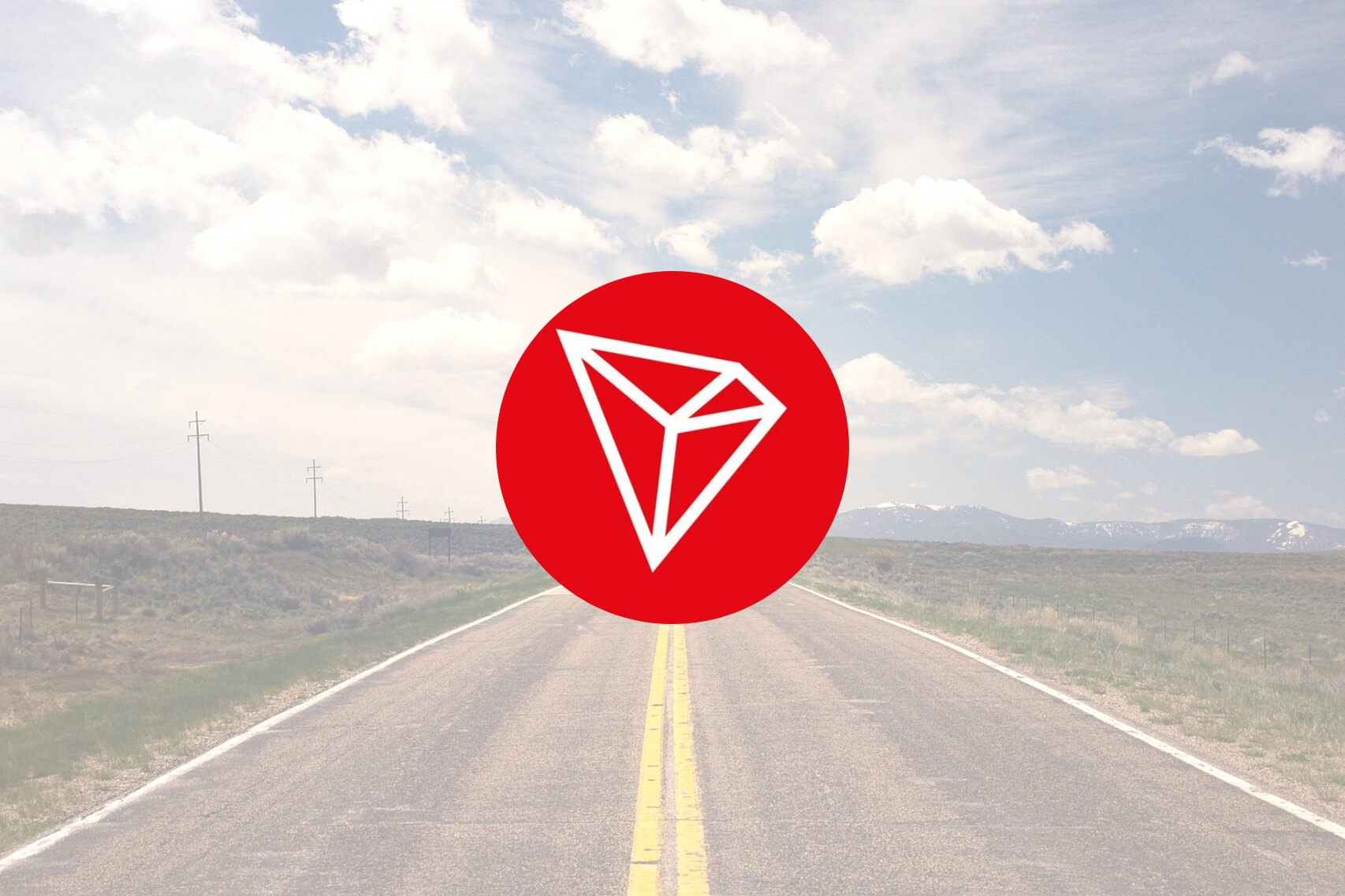On October 11, Tron – the blockchain project striving to build the infrastructure for a fully decentralized internet – activated their long-awaited virtual machine.
On Twitter, founder and CEO of Tron Justin Sun stated that “Tron will be upgrading to Odyssey 3.1 at 8pm SGT,” and that the ensuing Tron Virtual Machine (TVM) will usher in the smart contract era.
Based on community consensus, #TRON will be upgrading to Odyssey 3.1 at 8pm SGT. The TRON Committee function & TVM will go live, marking the start of the Smart Contract Era. TRON will be 200x faster vs. ETH, 100x cheaper vs. EOS. dApp developers & users, this one is for you! $TRX
— Justin Sun (@justinsuntron) October 8, 2018
The activation went live three days after schedule, after a problem with a particular block on the network was resolved, as a result of platform consensus after voting.
With smart contracts being a crucial building block in forming a decentralized ecosystem of peer-to-peer transactions, this will make Tron a viable competitor to Ethereum, which is set to lose their advantage in the smart contract realm due to scalability issues.
What Does the Virtual Machine Mean for Tron?
So what exactly is a virtual machine?
Simply put, it’s a test environment for dapps. With the TVM in action, developers will be able to test their smart contracts, and rectify any issues before deploying them on the Tron mainnet.
The 4 foundational features of TVM are:
- Completely compatible with Ethereum
- Unique virtual memory
- Distinct resources manager
- User-friendly energy consumption model
Currently, the TVM allows developers to code using the Solidity language. In addition to being compatible with Ethereum, the TVM is planned to also be compatible with EOS and other blockchains in the future.
The TVM will be governed by a committee of super-representatives elected by TRX token holders.
Of considerable note are certain new features of the TVM, including the virtual memory mechanism, which will reduce physical memory usage and result in greatly reduced cost of apps, and the resource management model, which will implement sharding for memory and CPU usage to improve system efficiency.
In addition to this, a decentralized exchange will allow everyone to issue their own token, which will improve token liquidity and bolster the Tron ecosystem as a whole.
Ultimately, the Tron Foundation has high hopes for the TVM helping them to transition to a new stage of furthering a decentralized internet.
For a more detailed explanation of the functions of the TVM, watch the following video, streamed live on August 30 at the TRON Virtual Machine Launch Event. (The section dealing specifically with the TVM starts at 30:40.)

